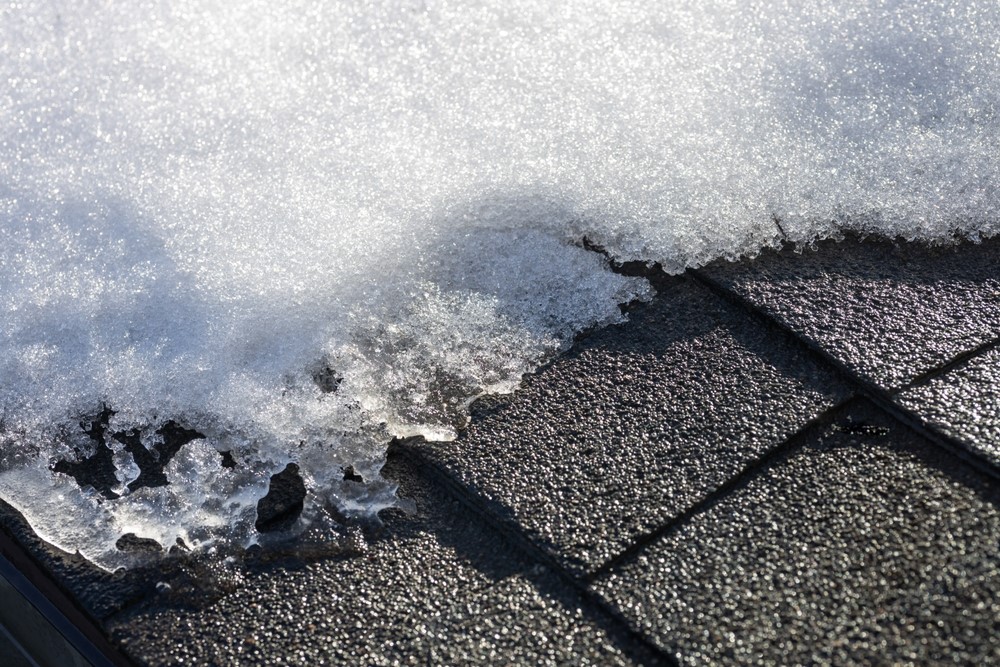Bitumen Roof – Advantages and Disadvantages
One of the longer lasting roofing options for flat roofs is bitumen roofing or a modified bitumen roof. Modified bitumen is a type of asphalt product that can be applied in a number of ways to the roof in both hot and cold temperatures. Modified bitumen roofs have a lot of advantages over other types of membrane roofing, and are often seen as the modern alternative to the built up roof.
Bitumen Roof- Advantages
There are several different advantages to using a bitumen roof on your building or home. Unlike some newer types of roofing, it has a long, proven track record that can be counted on. Bitumen roofs are one of the longer lasting types of flat roofing materials, easily lasting 20 years or more.
Regardless of how the material is applied (self-adhesive sheets, hot-mopped asphalt, or cold-applied adhesives) the seams are usually melted together which help stop leaks. Other types of membrane roofing have seams that are left open or covered with another material that can weaken over time, so the fact that a bitumen roof can be seamless is a big advantage.
Bitumen roof is also very durable. They have a high-tensile strength so they are unlikely to develop the kinds of cracks that other flat and membrane roofs are known for. They are also rated against wind, fire, and hail so they are unlikely to be damaged in the event of a storm. Included in this is usually a very long manufacturer’s warranty that can help to guarantee the roof’s longevity.
Bitumen Roof- Disadvantages
Like all roof types, a bitumen roof does have some drawbacks. The first is their black color, which can absorb rather than reflect heat. And while the material itself may not be damaged by heat or UV rays, if proper insulation is not used with it, this absorption of heat can lead to superheating of the building below.
Bitumen roofing is also available in 1, 2, or 3-ply. The 1-ply material is not durable, and if used can pose certain problems such as breaking down prematurely, while the 2 and 3-ply material roofs cost significantly more to install, which can make this one of the most costly types of flat roofing products around.
Granules need to be included as part of the installation process to help protect the roof from the sun. If they are not included, this can further raise the temperature of the building or damage the roof. Unfortunately, not all types of bitumen roofs include granules as part of the installation process.
Finally, if your roof is likely to hold a lot of water or to gather puddles of standing water after rainstorms, this can prematurely age and damage the bitumen roof.
Durable When Done Right
The key to getting a successful bitumen roof job done is to make sure you are having it done correctly. This means using a 2 or 3-ply material and having it coated against UV exposure. When done right, a bitumen roof can far outlast the competition.
Subscribe to NV Roofing's Blog







